Handheld gaming PCs have surged in popularity over the last couple of years, largely thanks to the success of the Steam Deck. The Lenovo Legion Go S, a new contender in this space, aims to carve out its own niche by closely resembling Valve's popular device. Unlike its predecessor, the original Legion Go, which featured Switch-like removable controllers and a plethora of unique buttons and dials, the Legion Go S opts for a streamlined unibody design. This shift in design philosophy makes the Legion Go S more akin to the Asus ROG Ally than its earlier iteration.
One of the most exciting aspects of the Lenovo Legion Go S is its upcoming version slated for later this year, which will run on SteamOS, the same Linux distribution that powers the Steam Deck. This will be a first for any handheld gaming PC other than Valve's own, promising a more seamless gaming experience right out of the box. However, the model reviewed here runs on Windows 11, and at its $729 price point, it faces stiff competition from other Windows 11 handhelds.
Lenovo Legion Go S – Photos
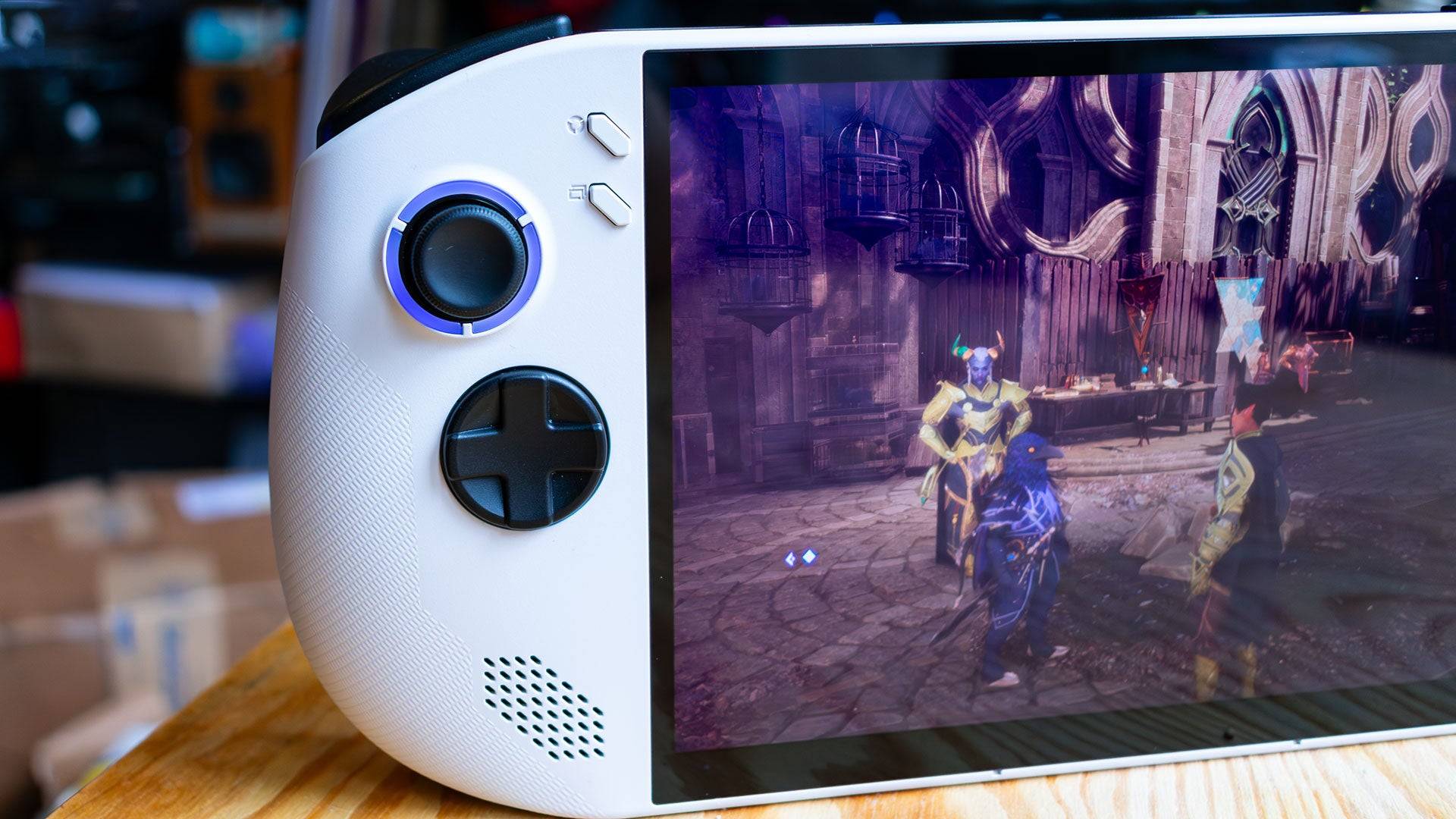
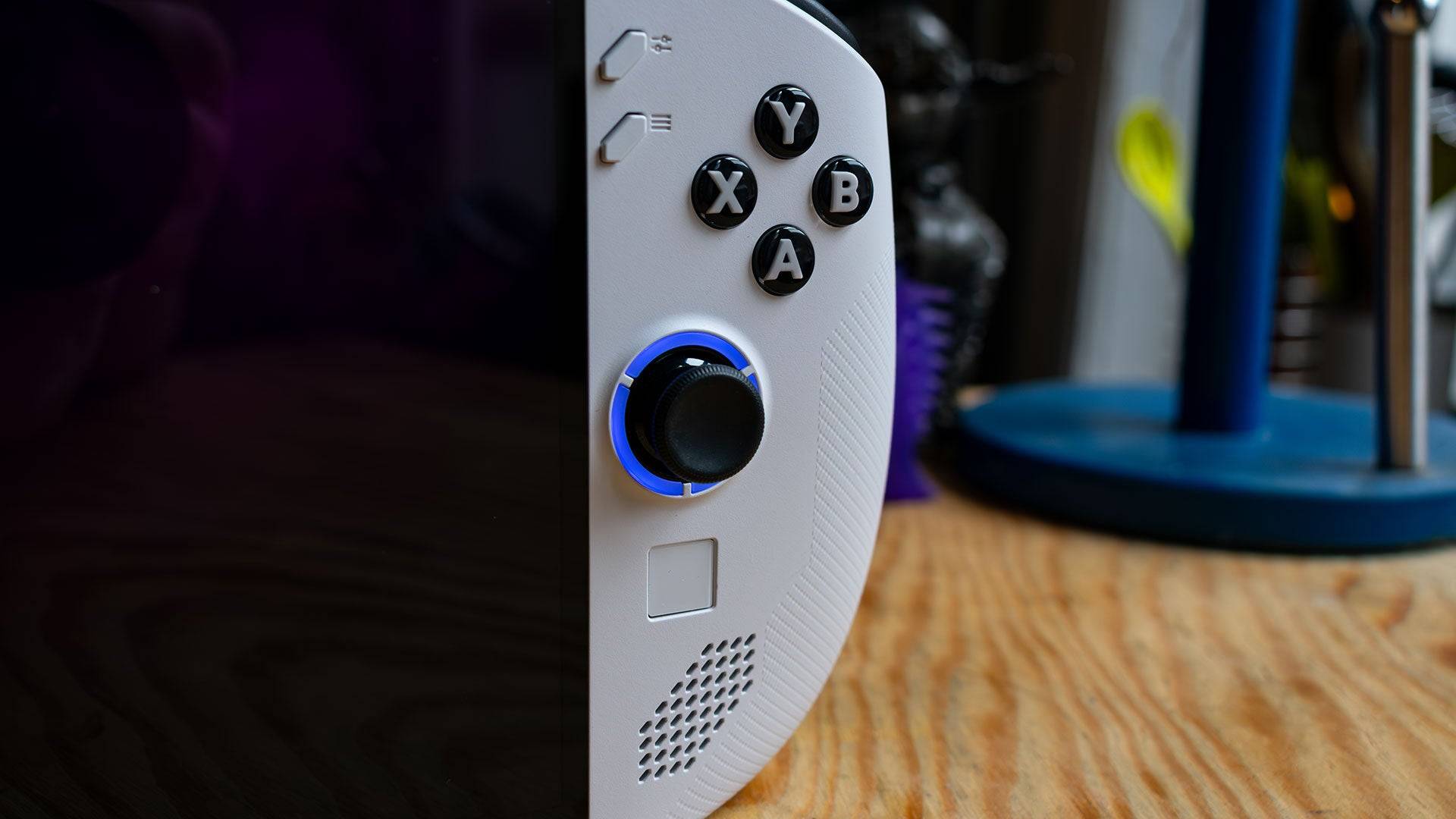 7 Images
7 Images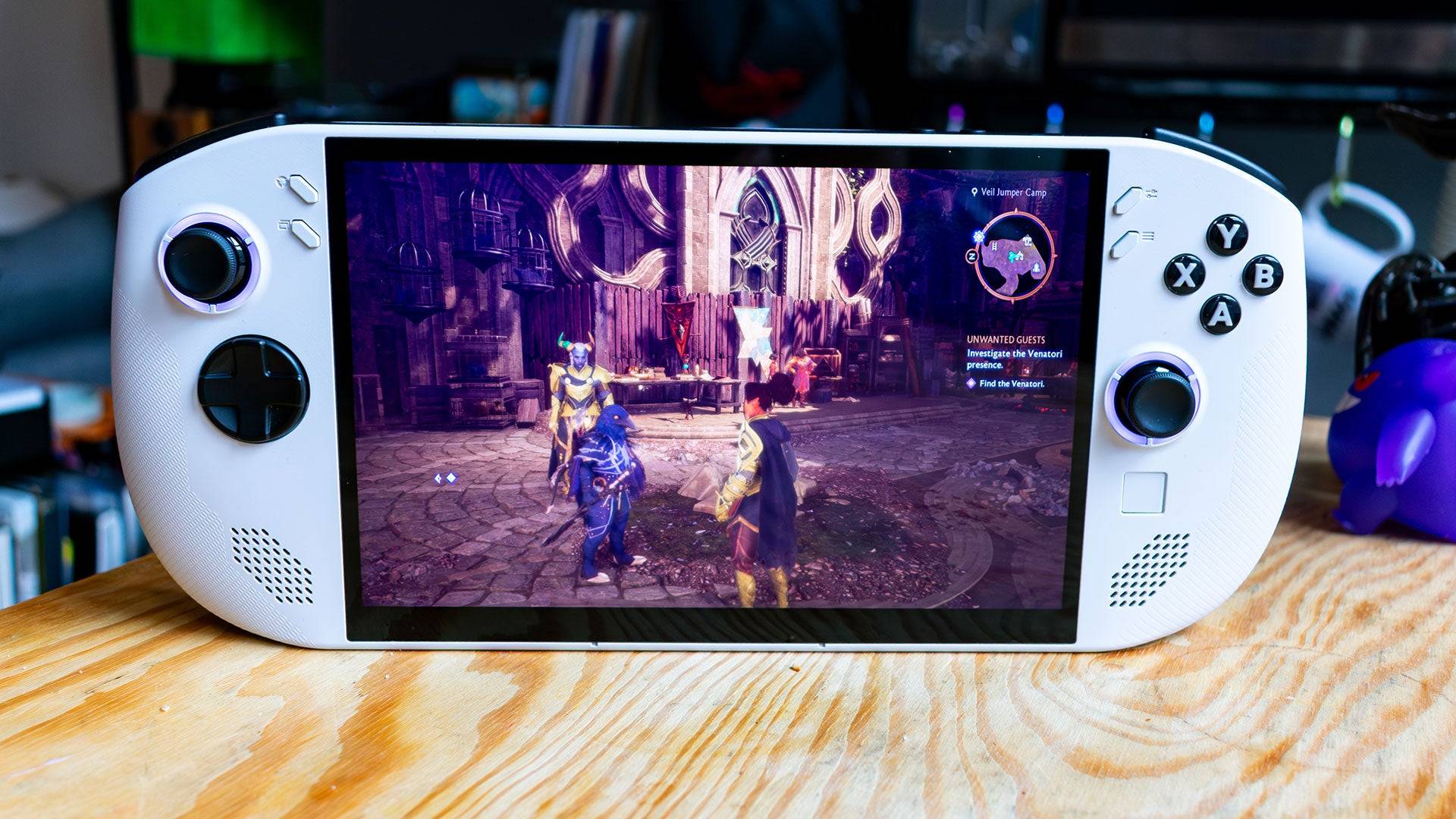
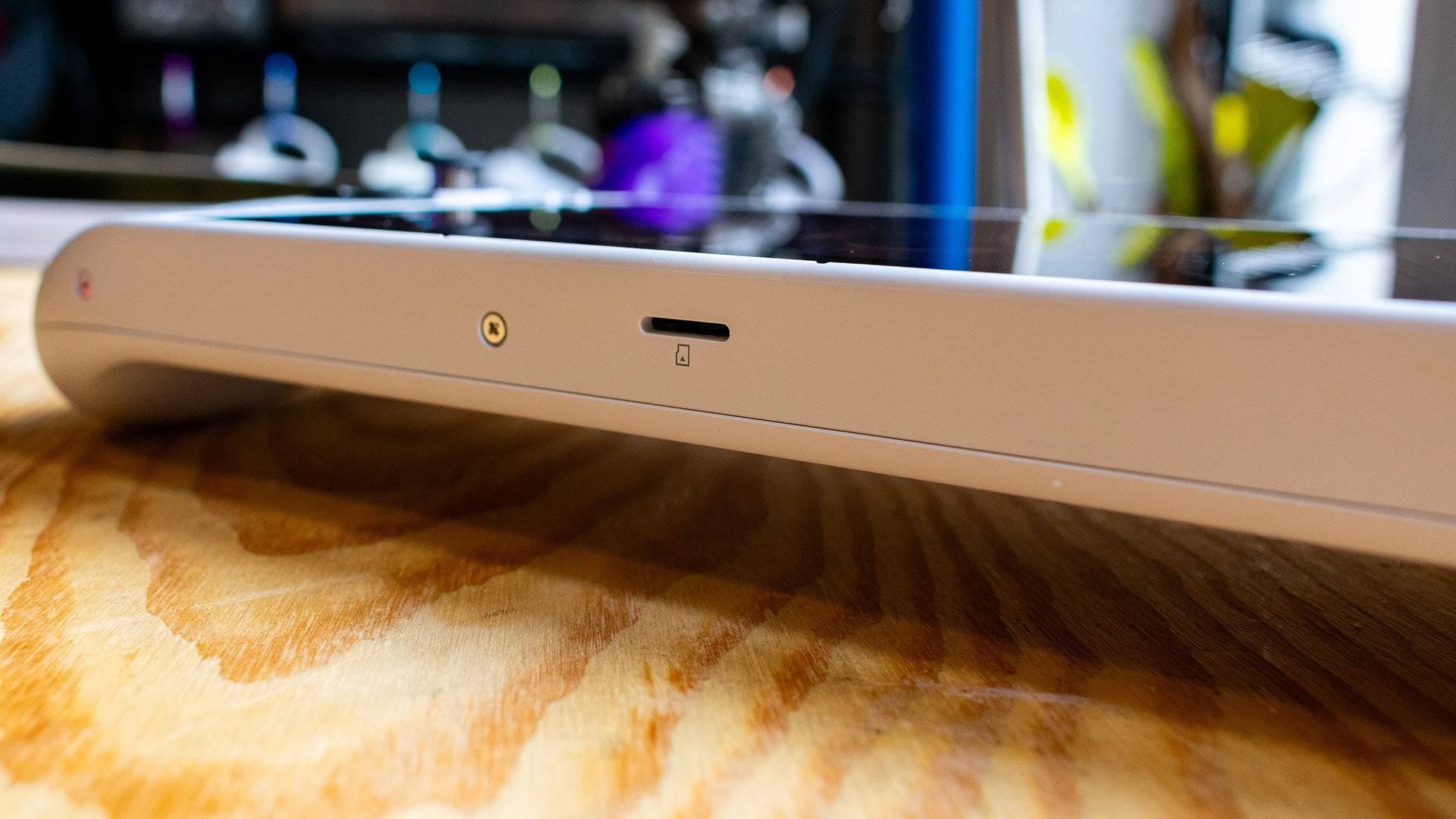
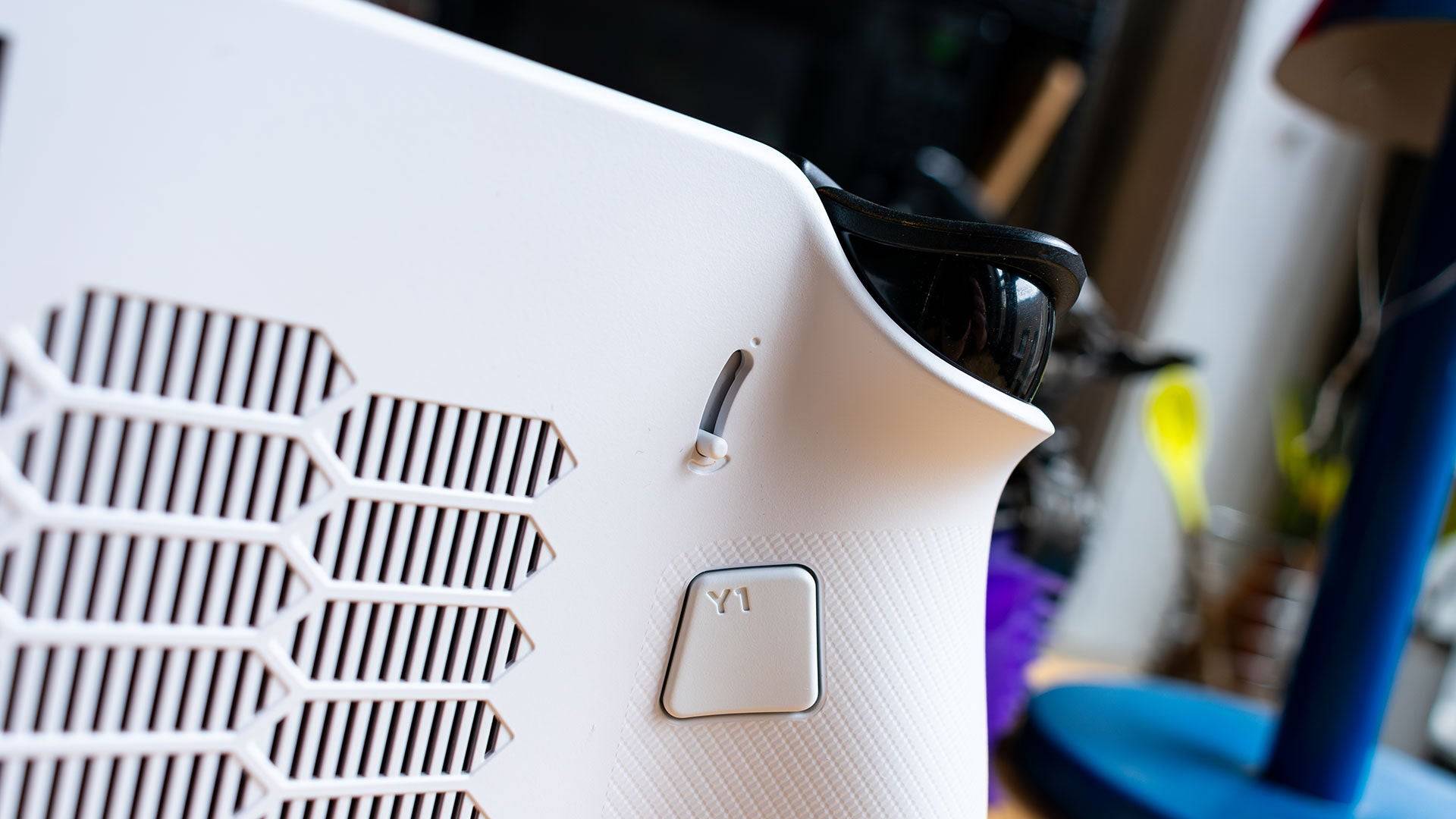
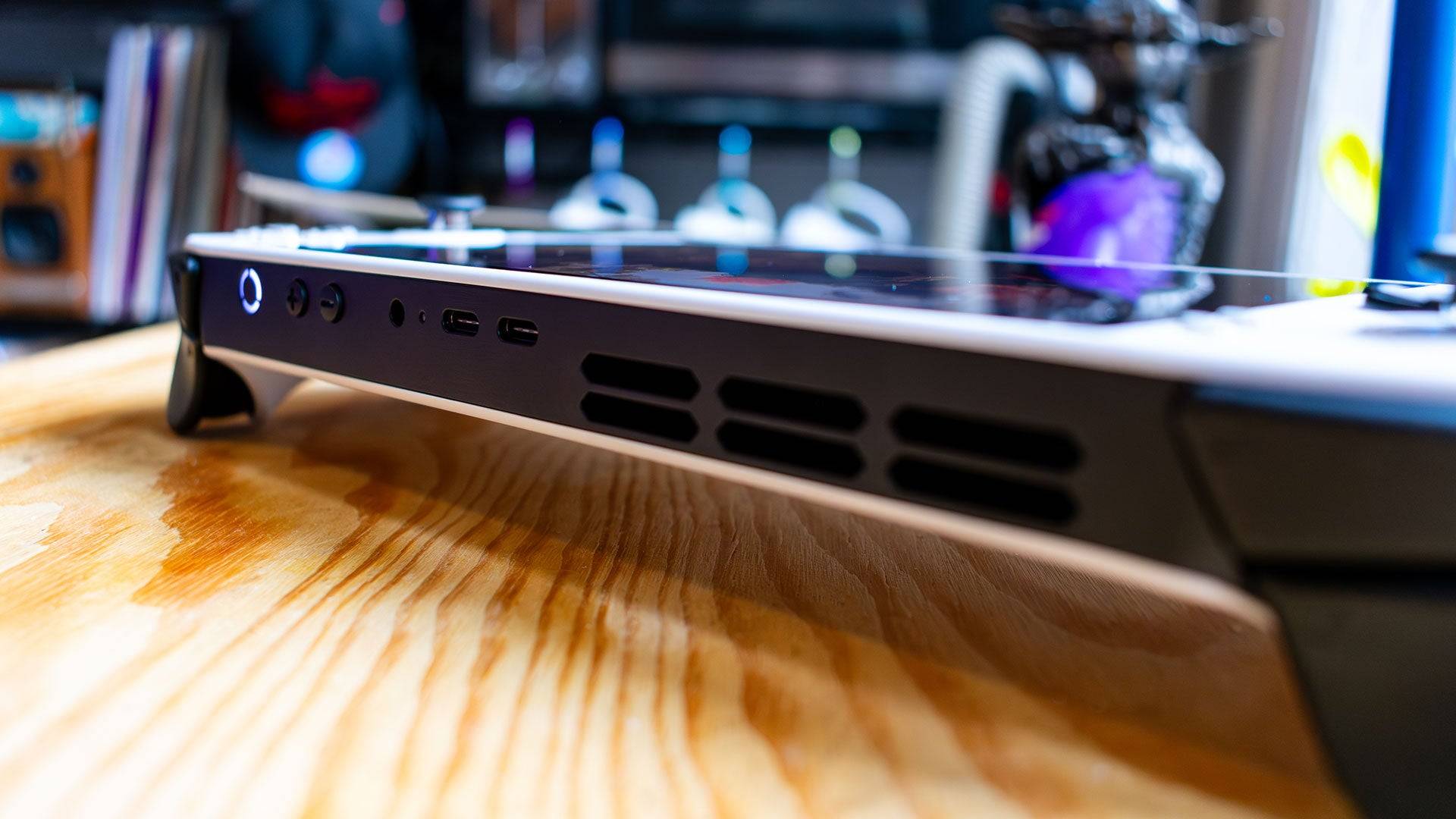 Lenovo Legion Go S – Design
Lenovo Legion Go S – Design
The Lenovo Legion Go S adopts a sleek, unibody design reminiscent of the Asus ROG Ally, moving away from the original Legion Go's complex removable controllers. This design choice not only simplifies the device but also enhances its usability. The rounded edges of the chassis make the Legion Go S comfortable to hold during extended gaming sessions, helping to mitigate the impact of its 1.61-pound weight. While this weight is lighter than the original Legion Go (1.88 pounds) and slightly heavier than the Asus ROG Ally X (1.49 pounds), the difference becomes noticeable when holding the device for prolonged periods.
Despite the added weight, the Lenovo Legion Go S boasts an impressive 8-inch, 1200p IPS display, rated at 500 nits of brightness. This display delivers stunning visuals, whether you're playing the vibrant worlds of Dragon Age: The Veilguard or the detailed landscapes of Horizon Forbidden West. It's one of the best displays in the handheld gaming PC market, only surpassed by the Steam Deck OLED.
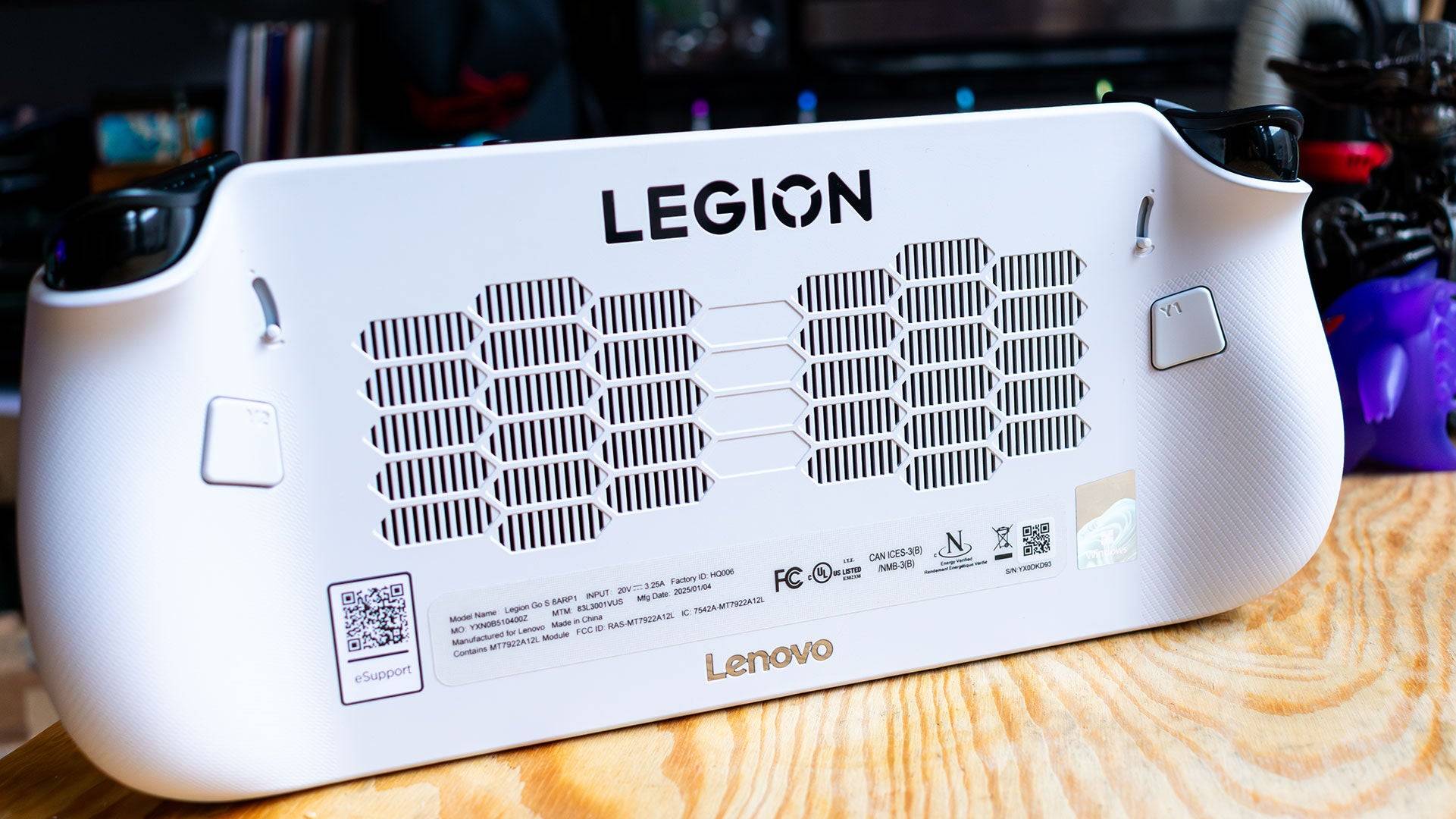
The Legion Go S is available in two attractive color options: Glacier White and Nebula Nocturne (a purple hue), with the latter reserved for the SteamOS version set to release in 2025. The device also features customizable RGB lighting around each joystick, which can be adjusted easily through the on-screen menu.
The button layout on the Legion Go S is more intuitive than that of the original Legion Go, with 'Start' and 'Select' buttons placed in a more standard position on either side of the display. However, Lenovo's own menu buttons, positioned above them, can be a bit confusing at first, as they might be pressed accidentally when trying to pause a game. These menu buttons are quite useful, offering quick access to system settings and shortcuts.
The touchpad, a feature from the original Legion Go, has been retained but significantly reduced in size. While it aids in navigating Windows, its smaller size makes it less effective compared to the original. The Legion Go S also includes programmable 'paddle' buttons on the back, which are clickier and offer more resistance to prevent accidental presses. Additionally, the device features adjustable trigger travel distance, though it only offers two settings: full travel and minimal movement.
On the top of the handheld, there are two USB 4 ports for charging and peripherals, but the bottom placement of the MicroSD card slot may pose challenges when docking the device.
Purchasing Guide
The reviewed Lenovo Legion Go S is available starting February 14, priced at $729.99. This version includes a Z2 Go APU, 32GB of LPDDR5 RAM, and a 1TB SSD. For those looking for a more budget-friendly option, Lenovo will offer a configuration with 16GB of RAM and a 512GB SSD in May for $599.99.
Lenovo Legion Go S – Performance
The Lenovo Legion Go S is equipped with the new AMD Z2 Go APU, marking its debut in handheld gaming PCs. While the specs suggest it won't set new performance benchmarks, the Z2 Go features a Zen 3 processor with 4 cores and 8 threads, alongside an RDNA 2 GPU with 12 graphics cores. This configuration places the Legion Go S slightly behind the original Legion Go and the Asus ROG Ally X in terms of performance.
Despite a larger 55Whr battery compared to the original Legion Go, the Legion Go S offers a reduced battery life of 4 hours and 29 minutes in the PCMark10 test. This decrease can be attributed to the less efficient Zen 3 CPU architecture.

Performance tests in 3DMark show the Legion Go S scoring 2,179 points in Time Spy, compared to 2,775 for the original Legion Go and 3,346 for the ROG Ally X. In games like Hitman: World of Assassination, the Legion Go S achieves 41 fps, slightly outperforming its predecessor's 39 fps. However, in more demanding titles like Total War: Warhammer 3 and Cyberpunk 2077, the Legion Go S struggles to maintain high frame rates, suggesting that medium settings and lower resolutions are necessary for smoother gameplay.
The Legion Go S excels in less demanding games like Persona 5, where its vibrant display and solid frame rates shine. However, it may not be the best choice for gamers looking to play the latest AAA titles at high settings due to its performance limitations.
Wait, It’s More Expensive?
The Lenovo Legion Go S, despite using the weaker AMD Z2 Go APU and having a smaller form factor, surprisingly costs more at $729 compared to the original Legion Go's starting price of $699. This pricing seems counterintuitive given the Legion Go S's lower resolution display and less powerful processor. However, the reviewed model comes with 32GB of LPDDR5 memory and a 1TB SSD, which may justify the higher price for some users.
The inclusion of such high memory specifications seems unnecessary for a device that struggles at higher resolutions and settings. Users can adjust the BIOS to allocate more system memory to the frame buffer, potentially improving performance, but this requires technical know-how and isn't user-friendly for everyone.
Fortunately, Lenovo plans to release a more affordable version in May with 16GB of memory for $599, which significantly improves its value proposition and makes it a more competitive option in the handheld gaming PC market.






























